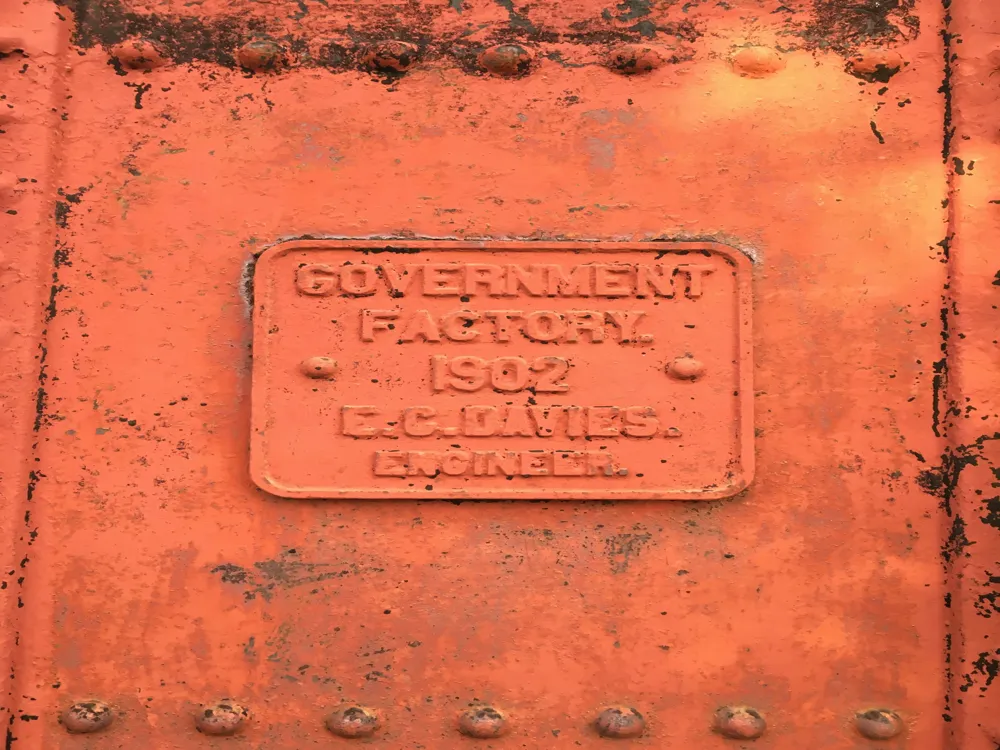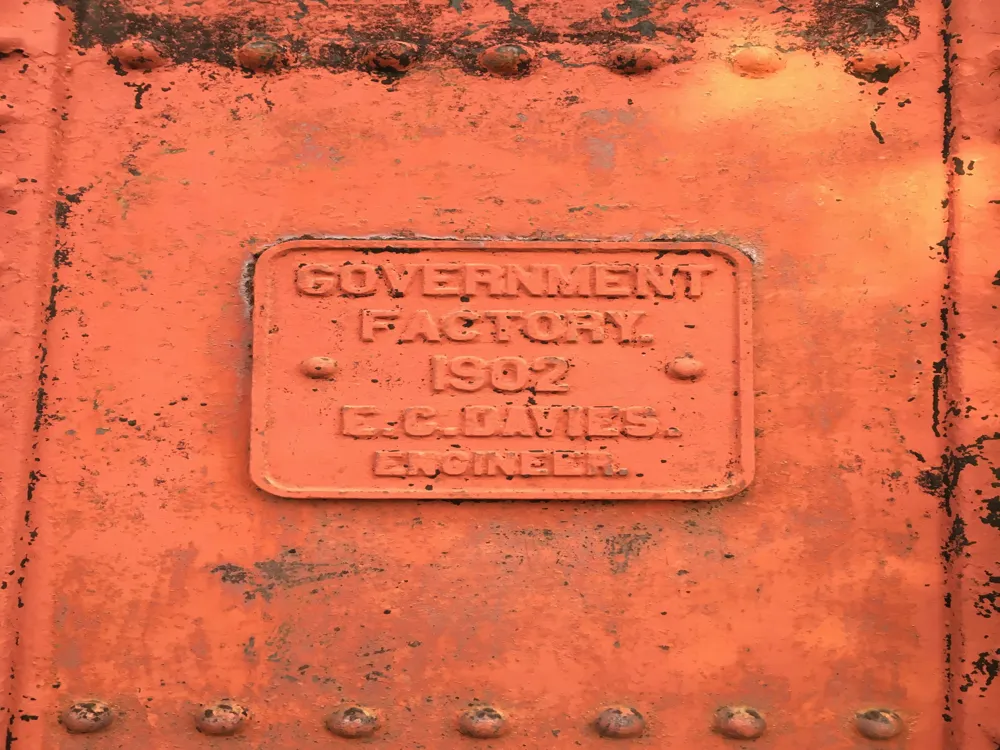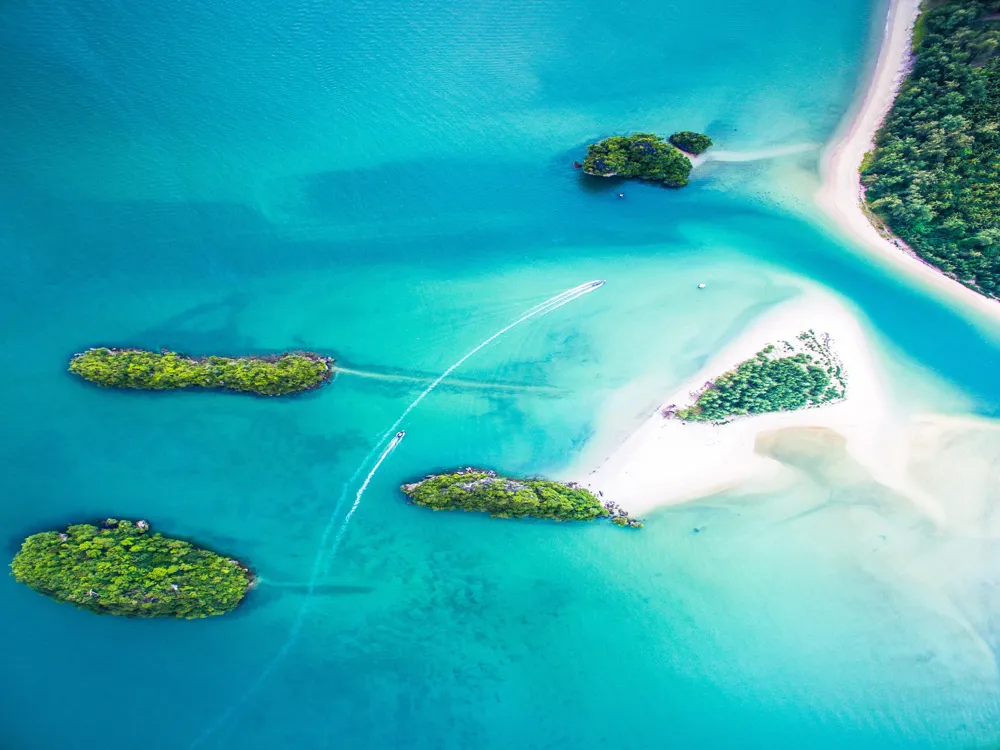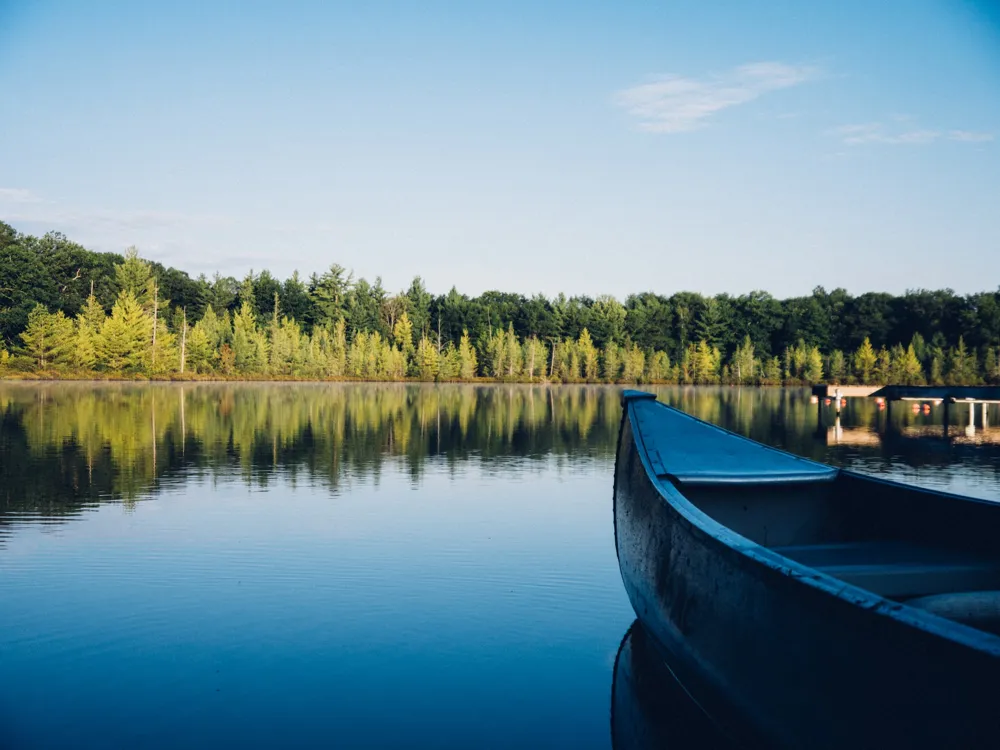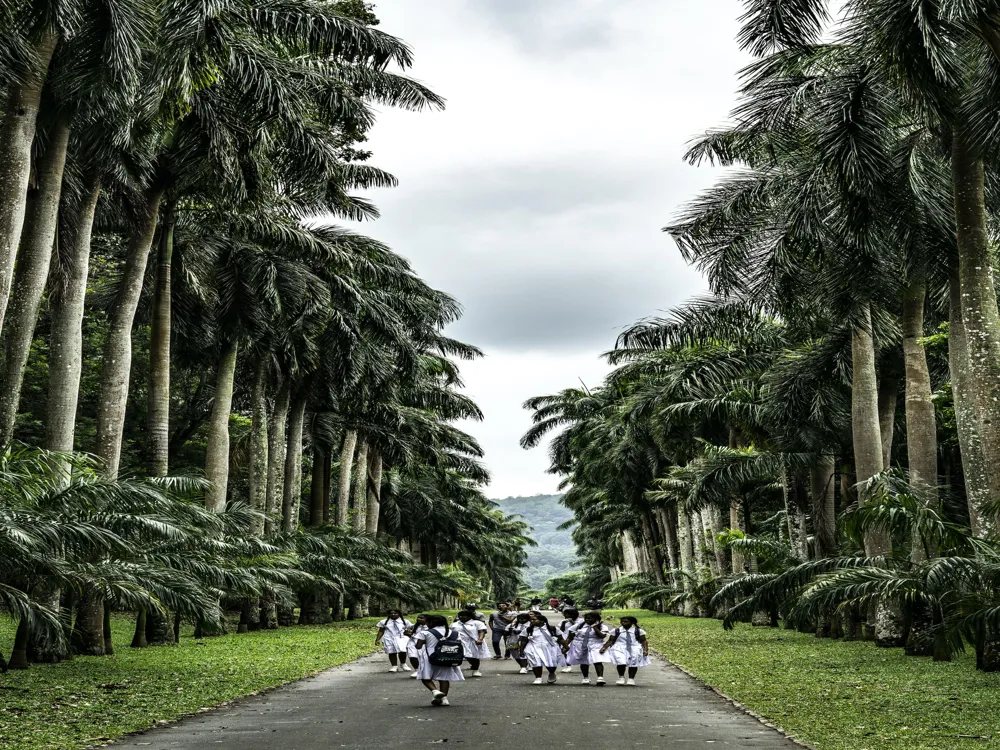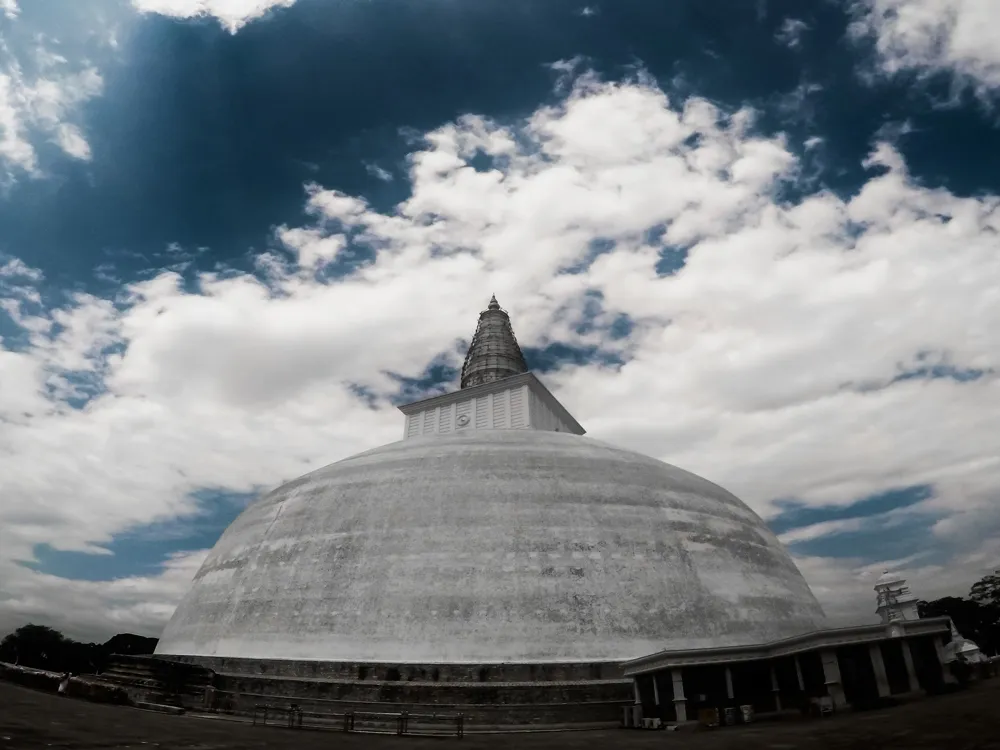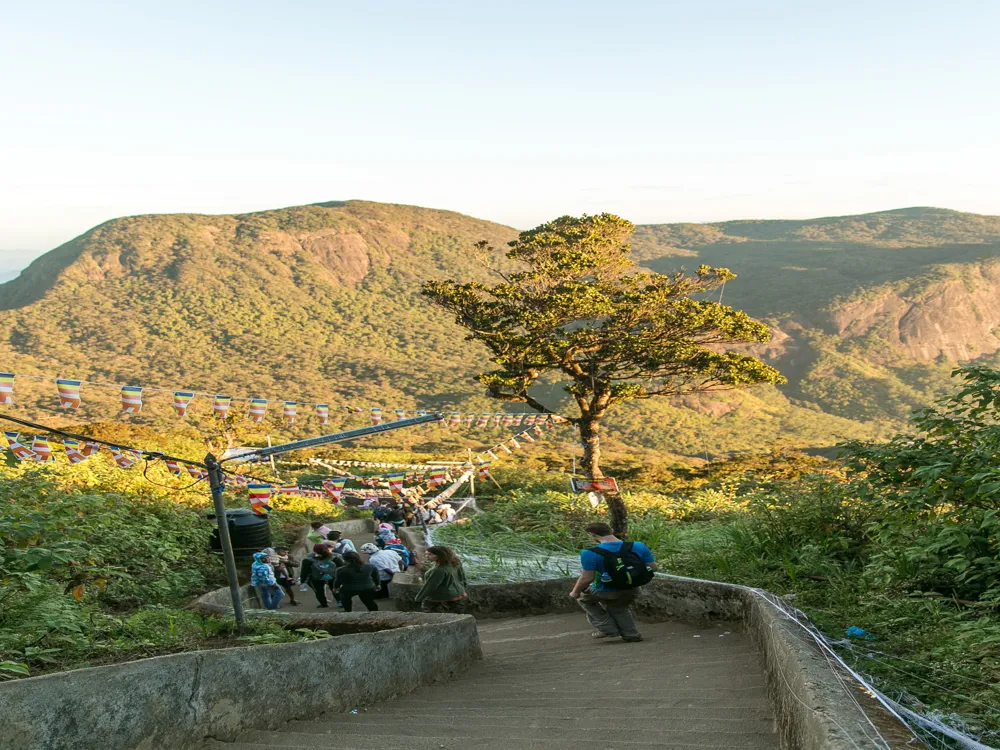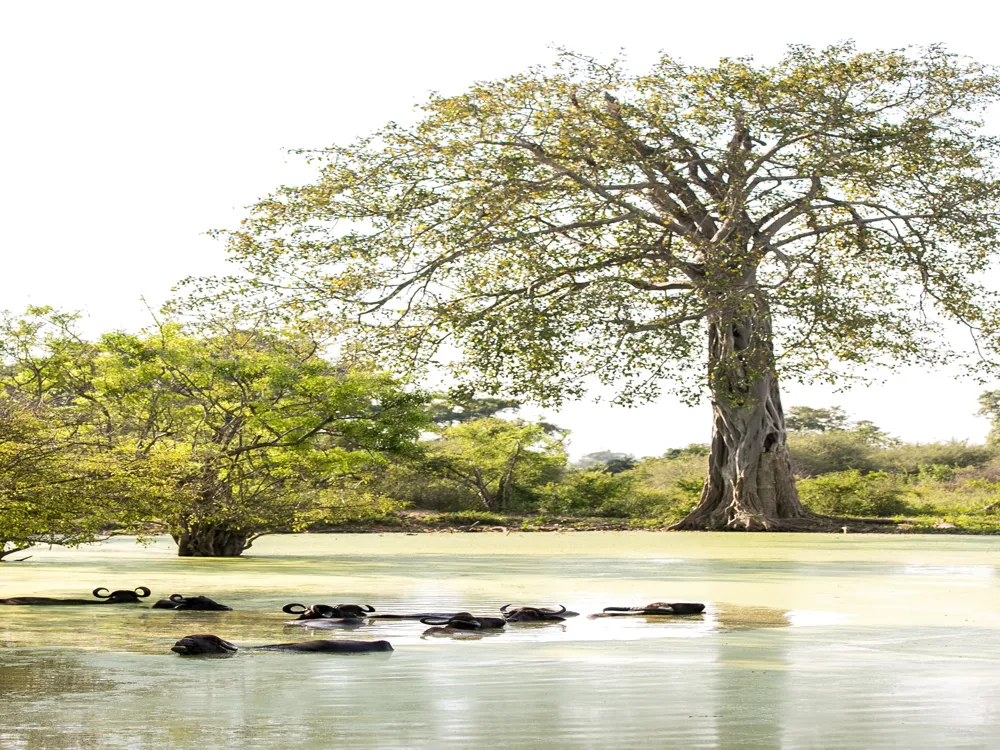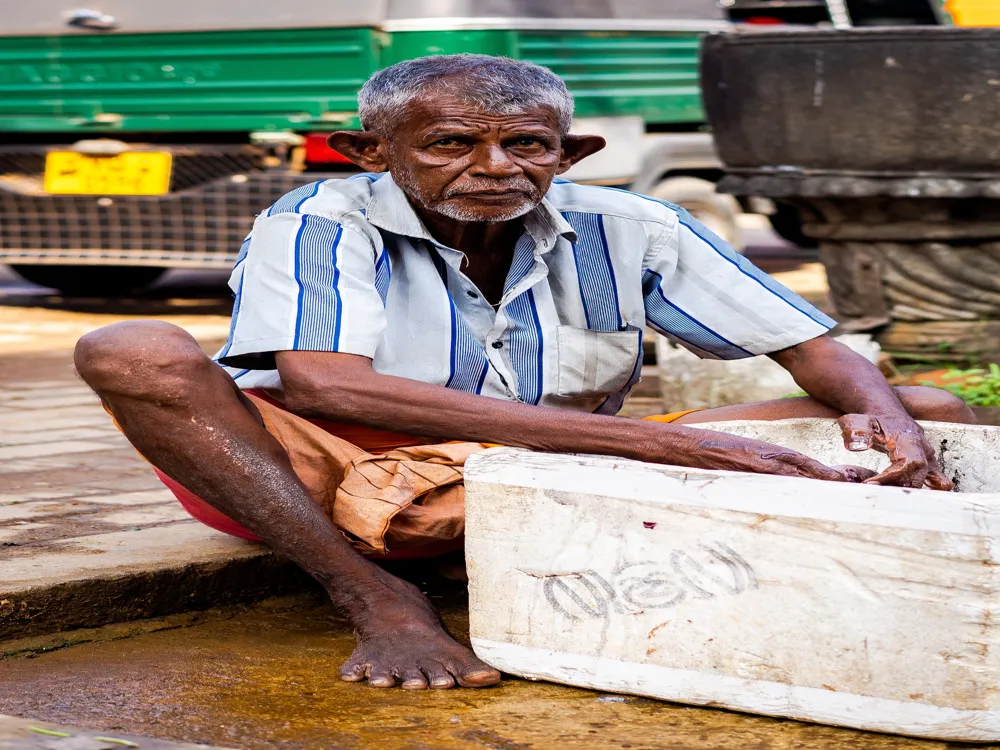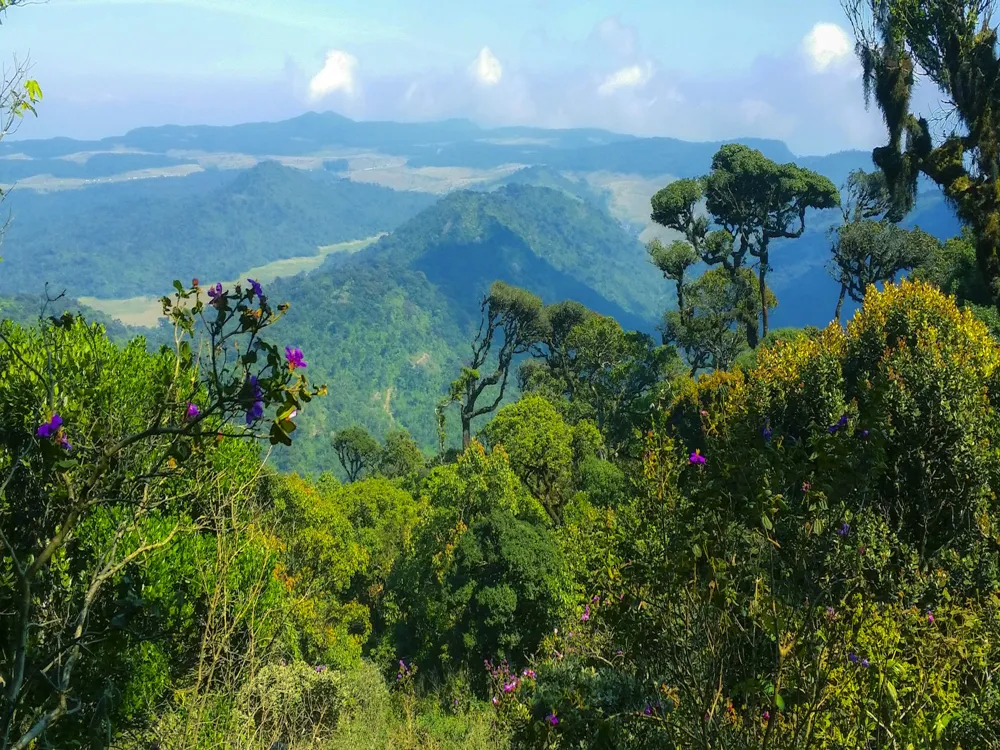Kande Vihara, located in the serene town of Bentota in Sri Lanka, stands as a magnificent symbol of Buddhist culture and architectural ingenuity. This historic temple, established in the 18th century, has been a beacon of spiritual guidance and cultural significance for centuries. The name 'Kande Vihara' translates to 'Temple on the Hill', aptly describing its majestic positioning atop a hill, overlooking the verdant landscapes of Bentota. This sacred site attracts thousands of devotees and tourists annually, drawn by its spiritual ambiance and architectural splendor. The temple's history is as rich as its cultural tapestry, with origins dating back to the era of Venerable Karapagala Dewamitta Thero. Over the years, Kande Vihara has undergone several renovations and expansions, contributing to its current grandeur. The temple complex houses several key structures, each bearing its own historical and religious significance. Among these are the Stupa, the Image House, the Relic Chamber, and the Bodhi Tree, each narrating a unique aspect of Buddhist lore and Sri Lankan heritage. The architecture of Kande Vihara is a harmonious blend of traditional Sri Lankan and Buddhist styles, reflecting the artistic and spiritual ethos of its creators. The temple's design showcases intricate carvings, elaborate frescoes, and majestic statues, creating an aura of divine presence. The central Stupa, revered as the heart of the temple, stands as a testament to ancient engineering prowess. Its dome-shaped structure, symbolic of the Buddhist path to enlightenment, is adorned with ornate elements and surrounded by a series of smaller stupas. Another architectural marvel within the temple is the Image House. This sacred chamber, enshrining a reclining Buddha statue, is a masterpiece of religious artistry. The walls of the Image House are covered in vibrant murals depicting scenes from the Jataka tales, the stories of Buddha's previous lives. These paintings not only serve as a visual feast but also as a medium of imparting Buddhist teachings. The intricate woodwork, stone carvings, and the use of natural light further enhance the spiritual ambiance of this space. Visitors are advised to dress modestly, covering shoulders and legs. Traditional Sri Lankan attire is welcomed, but not mandatory. Photography is allowed, but visitors should avoid flash photography inside the temple, especially near the sacred statues and murals. Maintain a respectful demeanor, speak softly, and avoid any actions that might disrupt the serene atmosphere of the temple. Consider hiring a local guide for a more informative experience, as they can provide insights into the temple's history and significance. Kande Vihara is easily accessible from various parts of Sri Lanka. For those traveling from Colombo, the temple is about a 2-hour drive along the Southern Expressway. Public transportation options, such as buses and trains, are available from major cities to Bentota. Once in Bentota, local tuk-tuks or taxis can take you directly to Kande Vihara. The journey offers a scenic route, with lush landscapes and glimpses of the local lifestyle, making the travel experience as enriching as the destination itself. Read More:Overview of Kande Vihara
Architecture of Kande Vihara
Tips When Visiting Kande Vihara
Respectful Attire
Photography Etiquette
Conduct Inside the Temple
Guided Tours
How To Reach Kande Vihara
Kande Vihara
Bentota
₹ 9,750 onwards
View bentota Packages
Weather :
Tags : Buddhist Temple
Timings : 06:00 AM to 07:00 PM
Time Required : 2-3 hours
Planning a Trip? Ask Your Question
Bentota Travel Packages
View All Packages For Bentota
Top Hotel Collections for Bentota

Private Pool

Luxury Hotels

5-Star Hotels

Pet Friendly
Top Hotels Near Bentota
Other Top Ranking Places In Bentota
View All Places To Visit In bentota
View bentota Packages
Weather :
Tags : Buddhist Temple
Timings : 06:00 AM to 07:00 PM
Time Required : 2-3 hours
Planning a Trip? Ask Your Question
Bentota Travel Packages
View All Packages For Bentota
Top Hotel Collections for Bentota

Private Pool

Luxury Hotels

5-Star Hotels

Pet Friendly








